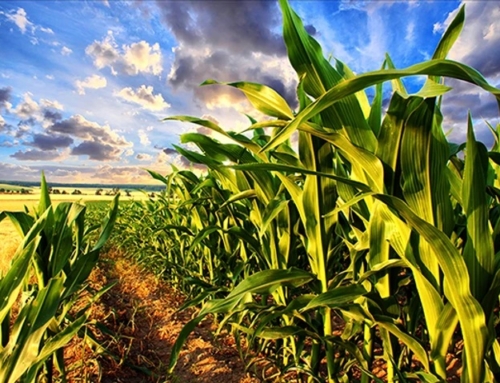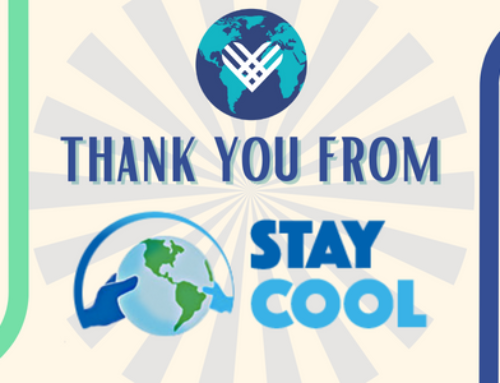
For many of us, the recent IPCC report ‘Code red’: UN scientists warn of worsening global warming – The San Diego Union-Tribune (sandiegouniontribune.com) has confirmed what we have suspected for a long time. Global warming is upon us, and its impacts are being felt across the planet. While the San Diego region has had a fairly mild summer so far, we have been seeing the devastating consequences of climate change everywhere we look, and the experts are predicting that things will continue to get worse. In the San Diego region, this means average temperatures are increasing, sea levels are rising, wildfire hazards are mounting, and sporadic winter storms continue, with the possibility of a co-occurrence of a sequence of these events becoming more likely.
So, what should we do next? A team of experts representing the American Planning Association (APA), Scripps Institution of Oceanography at UC San Diego, and San Diego State University have released a new report, entitled Collaborative Planning for Climate Resilience | California Nevada Applications Program (ucsd.edu) that starts to answer this question.
 STAY COOL and the San Diego Audubon Society are co-hosting a webinar on September 23, 2021, featuring the report’s authors Robert Leiter, FAICP, and Cary Lowe, Ph.D., AICP, on behalf of the American Planning Association, and Julie Kalansky, Ph.D., on behalf of Scripps Institution of Oceanography. They will highlight the report’s conclusions and recommendations, and there will be time for Q&A with the audience. Click here to register for this event.
STAY COOL and the San Diego Audubon Society are co-hosting a webinar on September 23, 2021, featuring the report’s authors Robert Leiter, FAICP, and Cary Lowe, Ph.D., AICP, on behalf of the American Planning Association, and Julie Kalansky, Ph.D., on behalf of Scripps Institution of Oceanography. They will highlight the report’s conclusions and recommendations, and there will be time for Q&A with the audience. Click here to register for this event.
The report evaluates the interconnections between climate-related hazards and the existing regional and local planning framework for climate resilience and adaptation planning in the San Diego region. Key recommendations are made for improving the coordination among public agencies, research institutions, non-governmental organizations, and other stakeholders — one that can also be replicated in other regions. The report underscores the importance of integrating environmental justice into such plans, paying attention to disadvantaged communities that are particularly susceptible to climate change impacts. Although the target audience for the report are urban planners and science researchers, it is also instructive to those of us who, individually or with an organization, are seeking solutions for our future and for a livable planet for generations to come.
The focus on adaption has been growing. SDUT columnist Michael Smolens highlighted the new SIO-APA report Collaborative Planning for Climate Resilience in his August 15 column “Focus on adapting to climate change grows along with efforts to slow it down.” With extreme weather events prominent in the headlines, you may find yourself in discussions about whether or how much climate change “causes” them. Katharine Hayhoe and Friederike Otto discuss the science of attribution for assessing how climate change affects the severity, frequency, or duration of events in this August 17 guest essay in the New York Times.
This article was contributed by STAY COOL Advisory Council Member, Robert Leiter.



